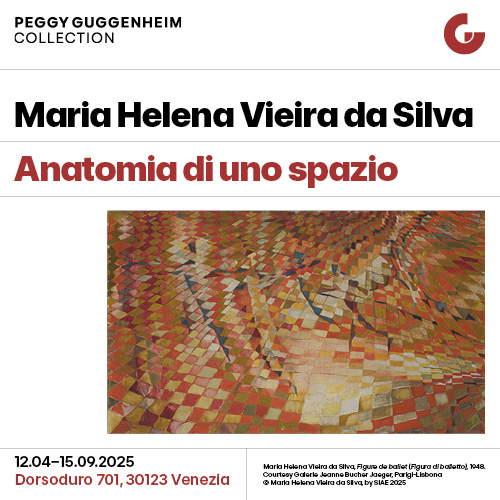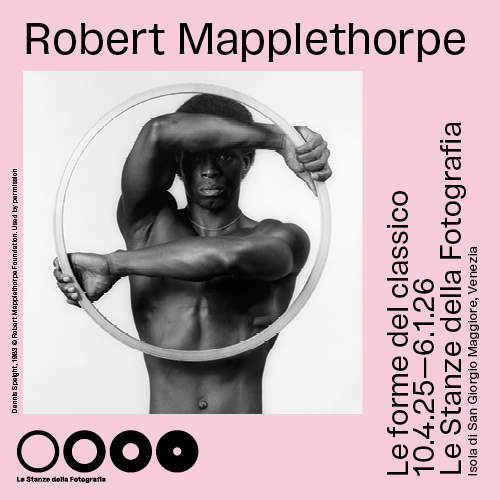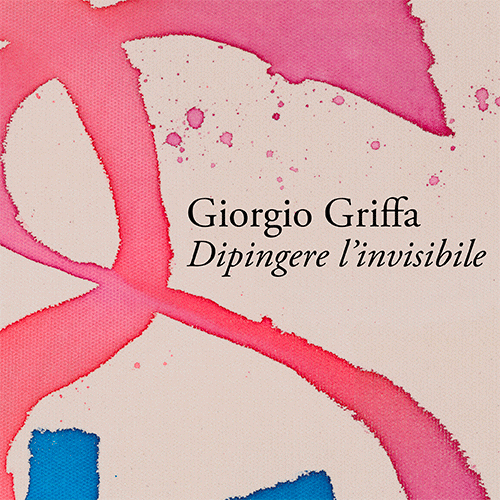Florence, at the Museum of the Opificio delle Pietre Dure an exhibition on the restoration of the Satyr
From April 1 to May 31, 2025, the Museo dell’Opificio delle Pietre Dure in Florence will host an exhibition that allows the public to discover the restoration of one of the statues housed in the Museo Archeologico Nazionale in Florence. The sculpture, known as the Satyr looking at himself and touching his tail, is an Imperial Roman-era replica of a Hellenistic original probably in bronze that captures the dynamism and force of movement. The exhibition is part of Caring for Art. Restorations on Display, an initiative sponsored by the Opificio delle Pietre Dure that aims to raise awareness of the daily work of the Florentine institute’s 11 restoration sectors by showing restored works before they are returned to their properties. In the case of the Satyr, the restoration included intensive research, including not only the physical recovery of the statue but also the reconstruction of its history.
The Satyr statue underwent integrative restoration in the late 16th century, a time when antiquities collections in Florence and Rome were in full swing. Modern investigations have revealed that the two ancient portions of the sculpture-head and torso- belong to different statues, and that the sixteenth-century intervention attempted to recompose a whole that, unfortunately, did not correspond to a unified original. Archival research has also made it possible to reconstruct the history of the sculpture, which comes from the collection of Niccolò Gaddi, a well-known exponent of Florentine Renaissance institutions. Gaddi, in fact, was a buyer of antiquities on behalf of the Medici family and helped bring numerous masterpieces of antiquity to Florence.
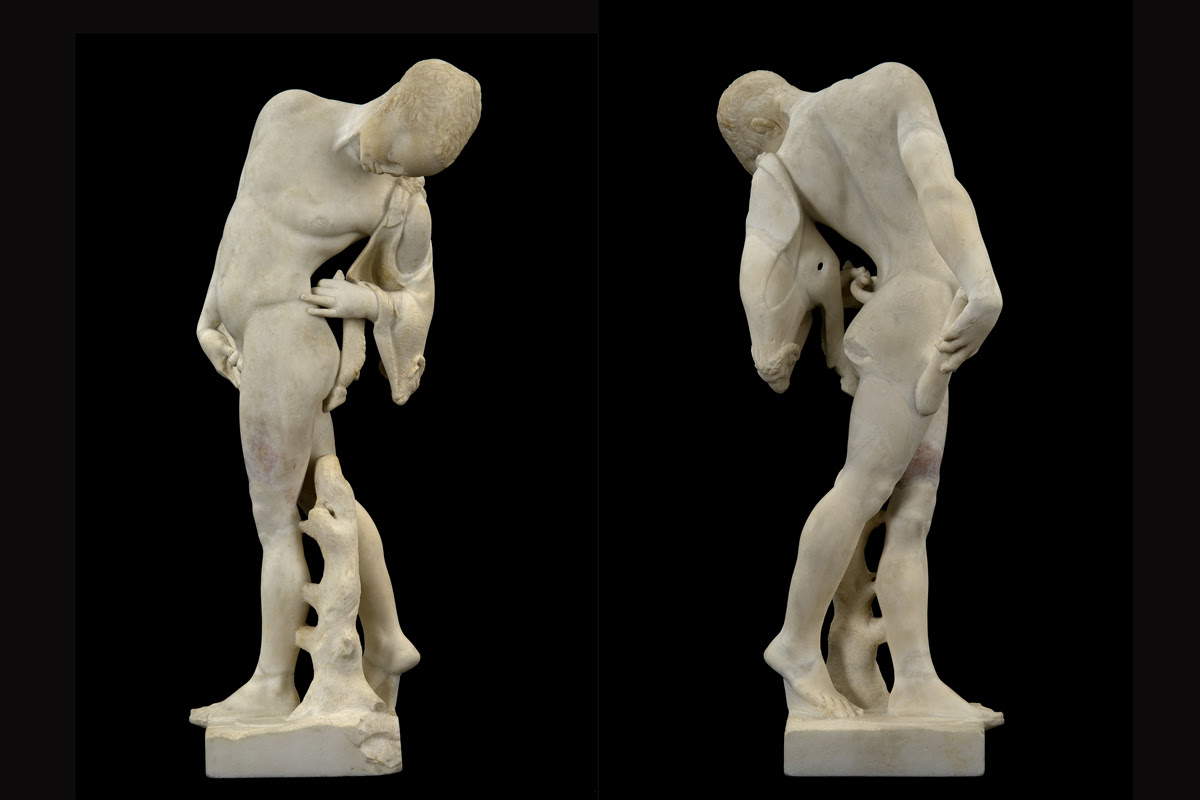
The restoration work, which also involved the Opificio Museum, made extensive use of advanced techniques and innovative tools. One of the technologies applied was the use of lasers for surface cleaning, which made it possible to remove encrustations without damaging the original material. In addition, the restoration experimented with the use of siderophore bacteria to remove rust stains that, over time, had altered the appearance of the marble, thereby improving the aesthetic quality and preservation of the sculpture. Another noteworthy aspect was the use of 3D scanning and digital modeling to create additions to the missing parts, using 3D printers to make resin pieces coated with ground stone powder and acrylic resin, helping to reconstruct the sculpture precisely and delicately.
The Satyr Looking at Itself and Touching Its Tail was the object of attention as early as the late 19th century, was placed in the Sculpture Hall of the Archaeological Museum of Florence in 1950, and before that was located under Arcade X of the Museum’s garden, as we learn from the Guide to the Royal Museum published by Milani in 1912. It was Milani himself who selected this small Hellenistic masterpiece for the Museum that was being established. Following the flooding of Florence in 1966, the statue was moved to the storage rooms of Villa Corsini in Castello, where it remained for many years. When the exhibition is over, the Satyr will return to the National Archaeological Museum in Florence, where it can be admired restored.
“Thanks to the close-up viewing, the museum public will be able to fully understand, as they walk around it, the refined compositional idea that captures the figure in a rotating movement made of opposites,” says Emanuela Daffra, superintendent of the Opificio, “and they will also be able to appreciate the executive mastery of the original parts, such as the child’s hand resting delicately on its side. The observation will be accompanied by some anticipations of the many novelties that have emerged during the course of the intervention: once again, the multiple researches required for an informed restoration have made it a privileged opportunity for knowledge.”
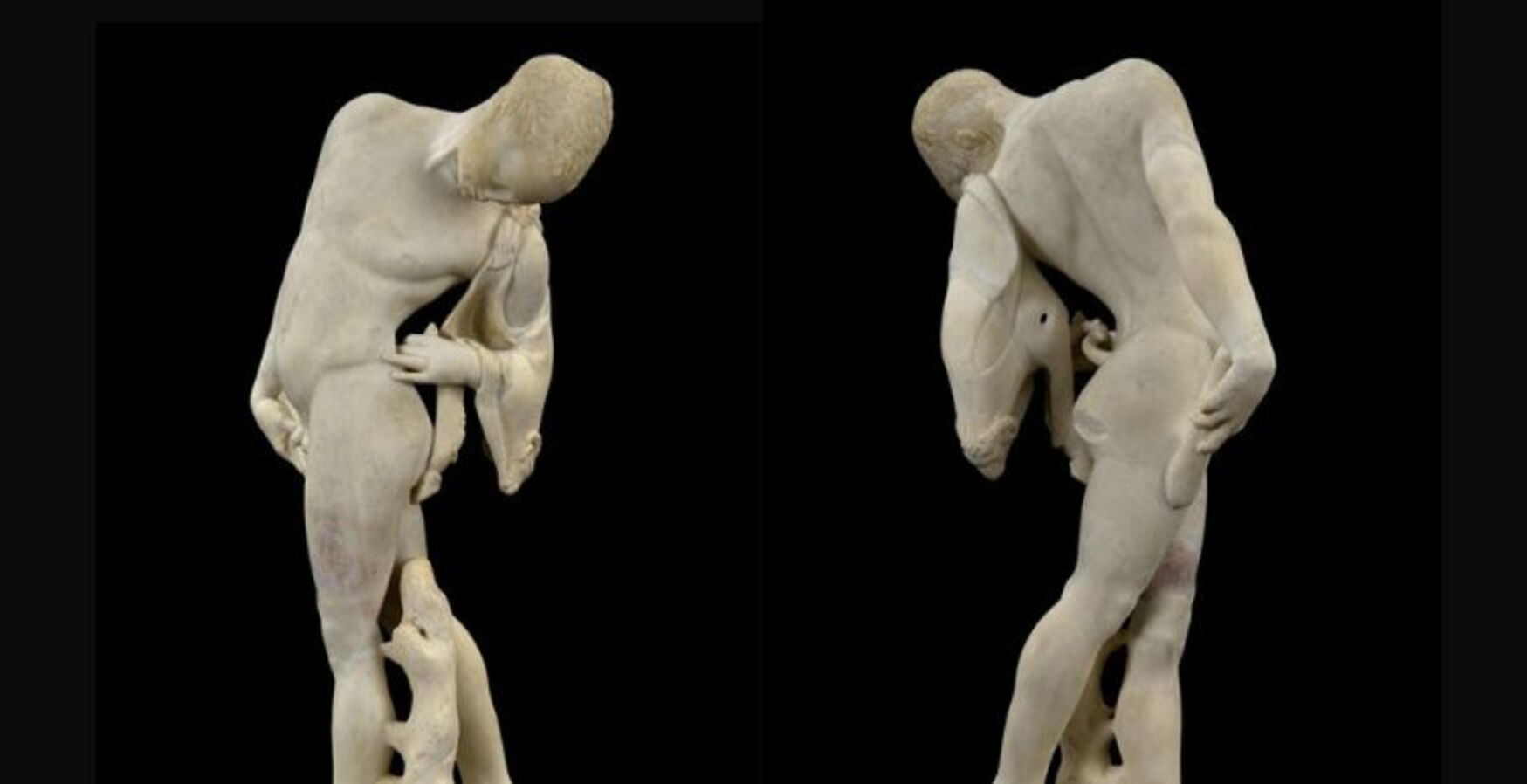 |
| Florence, at the Museum of the Opificio delle Pietre Dure an exhibition on the restoration of the Satyr |
Warning: the translation into English of the original Italian article was created using automatic tools. We undertake to review all articles, but we do not guarantee the total absence of inaccuracies in the translation due to the program. You can find the original by clicking on the ITA button. If you find any mistake,please contact us.





